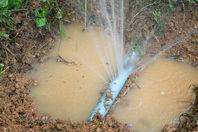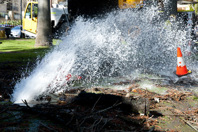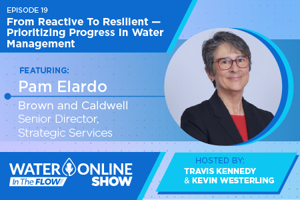UTILITY MANAGEMENT SOLUTIONS
-
This article will explore the true meaning of water loss in terms of apparent loss, utilizing scenarios and industry technologies to help us understand this form of loss.
-
This article will tackle the true meaning of water loss in terms of real loss, using scenarios and industry technologies to help us discover real loss.
-
Without leak detection equipment, or the ability to contract out this service due to budgetary constraints, many small utilities must rely on customer complaints or visible surface leaks to identify problems, which is far from an efficient approach.
-
Druck’s Customer is a manufacturer of data logging equipment, used in the monitoring of water distribution systems. As with many of Druck’s Customers, they install sensors into the component or assembly that they in turn supply to their customer.
-
If you want to know about the snow, the sky is the limit when it comes to collecting data about the mountain snowpack.
-
England is facing a water crisis. The UK government has just announced plans to fast-track two massive reservoir projects in Cambridgeshire and Lincolnshire, warning that without them, we could run out of drinking water by the mid-2030s. But as a hydrologist who studies Britain’s often erratic weather patterns, I believe these reservoirs alone won’t solve our water problems.
-
While AMI’s benefits are widely recognized, implementation remains a major challenge for many utilities. This article offers practical insights into navigating the complex path to AMI deployment.
-
In the remote Arctic village of Utqiaġvik, Alaska — where extreme winters and frozen terrain make traditional water system maintenance nearly impossible — the Ukpeaġvik Iñupiat Corporation (UIC) faced a critical threat: a persistent underground leak draining over 10,000 gallons of water per day.
-
Part 5 of the Get Pumped Up series brings it all together with a bold but practical shift: treating pump and lift station design as a living process, not a one-time deliverable.
-
Although Leeton Shire already had some digital technologies in place, such as SCADA, GIS and AMI, they lacked hydraulic modeling capabilities and expertise — which is why they turned to Qatium’s open and secure water management platform.











